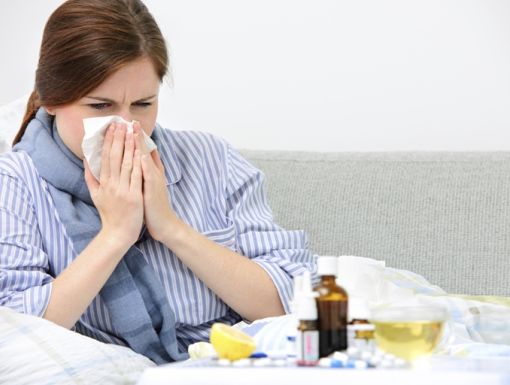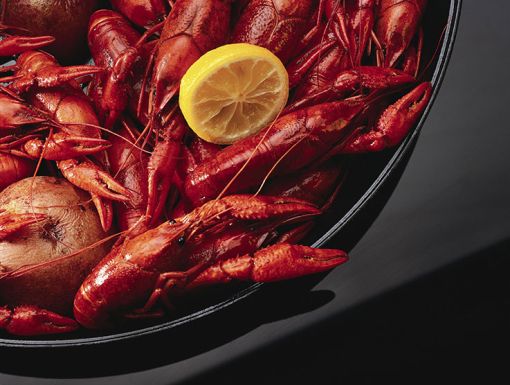
Managing Shellfish Allergies
The key to an allergy-free diet is to avoid all foods or products containing the food to which you are allergic. If you are allergic to shellfish, you will need to avoid foods that contain shellfish. To do this, it is necessary to read food labels.
Food allergies are not to be taken lightly; they can be very serious. It is extremely important to educate yourself and others around you on your particular allergies and ways to treat reactions. Going out to restaurants is also important. If you don’t know with absolute certainty what is in something, don’t eat it.
How To Read A Label For A Shellfish-Free Diet
Be sure to avoid foods that contain any of the following ingredients:
- Abalone
- Clams, such as cherrystone, littleneck, pismo and quahog
- Crab
- Crawfish, crayfish, ecrevisse
- Lobster, langouste, langoustine, scampi, coral, tomalley
- Mollusks
- Mussels
- Squid, snail
- Oysters
- Octopus
- Scallops
- Mollusks
- Shrimp, prawns, crevette
These foods may also contain shellfish:
- Bouillabaisse
- Cuttlefish ink
- Fish stock
- Seafood flavoring
- Glucosamine
- Seafood flavoring
- Surimi
In general, it's important to remember:
- In a restaurant, any food may be cross-contaminated with fish or shellfish.
- Stay away from steam tables or buffets with seafood to avoid the cooking vapors.
- Some allergic individuals will react to cooking odors or from touching fish or shellfish.
- Always carry self-injecting epinephrine. Make sure you and those close to you know how to use it.
- Wear a medical alert bracelet or necklace with your allergy information.
- If you don't have self-injecting epinephrine, make sure you discuss your exposure plan with your healthcare provider.
Another great resource for food allergy information can be found on the FARE (Food Allergy Research & Education) website.
Learn more about Jo S. Reed, MD



